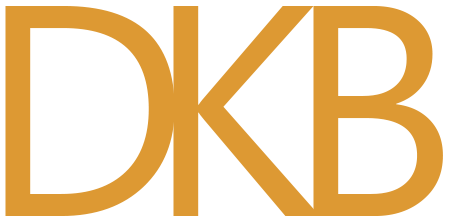Copying the Pericope Adulterae from Codex Sinaiticus
Same process as last time.
- Paper: 4.5" by 7" Moleskin journal
- Pen: Pilot G2 0.7
- Transcription: Greek New Testament (Codex Sinaiticus) Bibliorum Codex Sinaiticus Petropolitanus, ed. by Constantine Tischendorf. St. Petersburg: 1862. Text digitized and formatted by Matthew T. Williams
(Morphologically tagged by Rex A. Koivisto Multnomah University, Portland, Oregon USA) Copyright © 2013 OakTree Software, Inc. All rights reserved. Version 3.1 - Manuscript: The Codex Sinaiticus Project
John 7:50

I like that the Sinaiticus Project allows you to search the codex by both biblical reference and the quire/folio/leaf. A lot of the other manuscript sites (looking at you Vatican Digital Library) only allow you to browse by the leaf. I know it's a lot of work to tag the pages, it just adds piles of citations. Again, I understand why, but still, it'd be nice to have both.
John 7:51

This is an interesting place for discussion about other "hands" that add material:

Empathetically, if I see the text is missing, I'm going to insert it in (like I did with my own copy). And I understand why that would lead Aland and Aland to say the shorter reading should be preferred, but, honestly, that "rule" has never really made sense to me and this seems like a great example.
Also, I (again) over estimated my line length.
John 7:52

There's a line break in the middle of ⲉⲣⲁⲩⲛⲏⲥⲟⲛ that I'm guessing(?) is what caused the spelling error.
John 8:12

The obvious point of interest here is that there is no gap or marginalia around vvs 7:2 and 8:12:

Also the same hand added ⲧⲟ to ⲧⲟ ⲫⲱⲥ. It's interesting to me that the transcription also includes it, just like I did.
And I know I shouldn't take comfort from others' failures, but I am encouraged when I see that I'm not the only copiest who can't spell:

Reflections
I see why people freak out over א. It's GIANT (like 15" x 15"), mercifully legible, and contains so much material (a good chunk of the Septuagint--which includes the Apocrypha--the whole of the NT, the Epistle of Barnabas, and the Shepherd of Hermes). That raises interesting canon questions, but that's a different project.
Of course, the digital images, make that all the better. The addition of the "raking light" to see textures is nice. I wish their interface was more modern (scroll to zoom, for example). Documentation suggests the site was developed around 2007, and it looks like it, by 2023 standards. Then again, I wonder how many resources people want to dedicate to this digitalization project (which is basically complete) when there are so many others that need to be done.
That's probably the strongest argument for not doing an entire digitalization project around one manuscript. This is just my PMP talking, but it seems to me that if you're going to go to all the trouble of standing up a workflow, you should probably do it for an entire library. In spite of my shade, DVL is great example of this. And I wonder if Museum of the Bible will follow suit. Maybe they are, for all I know. That'd be awesome.
What's not amazing is that CSNTM posted digital images of a facsimile. I love the paper trail, for sure. And I'll always take what I can get and say thank you. But it does seem a little odd.

Member discussion